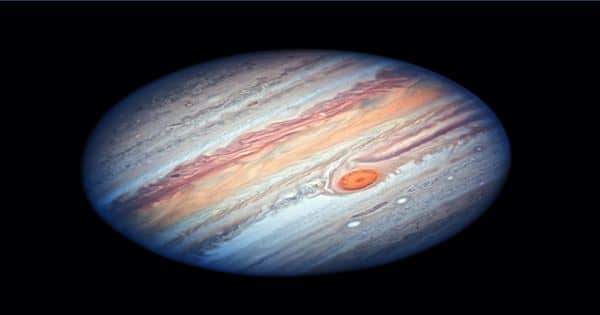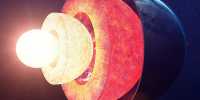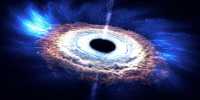We have become accustomed to depicting humans on the surface of the earth (and soon to be Mars) that the first question that comes to mind when we see a planet like Jupiter is “Can we stand on it?” Let’s ignore the extreme conditions (gravity, atmospheric pressure, high temperature, and wind) that are found on the giant planet for a moment and just come down through the atmosphere. What we see is as dramatic as anyone else.
At the bottom of Jupiter’s atmosphere is a huge ocean of liquid metallic hydrogen, which would look and behave like mercury without 60 percent of the hydrogen’s water concentration. So, you probably have to sink a few thousand kilometers to reach the hot, molten, rocky core. The interior of Jupiter has not been properly mapped – this is a scientific goal of the Juno mission, which has barely reached Jupiter. The probe will use precise gravity and electromagnetic measurements to map what happens under Jupiter’s clouds.
I know the answer isn’t really satisfactory yet, so let’s pretend to be magical observers, and let’s dive into Jupiter with the help of technology. Jupiter is really warm, with about 900 Kelvin (630°C / 1,160°F) at the top of its atmosphere. As we go down through the atmosphere, the temperature drops rapidly as the pressure and wind speed increase. After the Galileo investigation that sank Thursday in 1995, things began to go awry for electronics for 58 minutes in our search and 156 kilometers (97 miles) in the atmosphere. For the Galileo probe, the combination of pressure (23 atmospheres) and temperature (153 ° C / 307 ° F) proved fatal.
But it’s been 20 years, so let’s assume we can continue. At 500 kilometers (310 miles) the visibility is almost completely gone and dense ammonia clouds revolve around us, with wind speeds of about 100 meters (330 feet) per second. Below the ammonia cloud, there are more water clouds and more complex atmospheric effects that will clear Juno optimism. The current technology is now crippled, and our remnants will now travel to a level of supercritical fluid hydrogen – not quite a gas but not an absolute liquid.
After about 2.5 hours of exploration, we arrive at the liquid metallic hydrogen sea. Heavy material can reach the center after a few more hours of reading. So, you just couldn’t stand in this ocean. Below this, however, it is thought that Jupiter may actually have a rocky root, which is probably somewhat similar to Earth. Juno will help answer this question during his mission. Jupiter has most of the planets in the solar system and it can easily fit all the other planets inside it. This is the reason for being the planetary king of the solar system.















